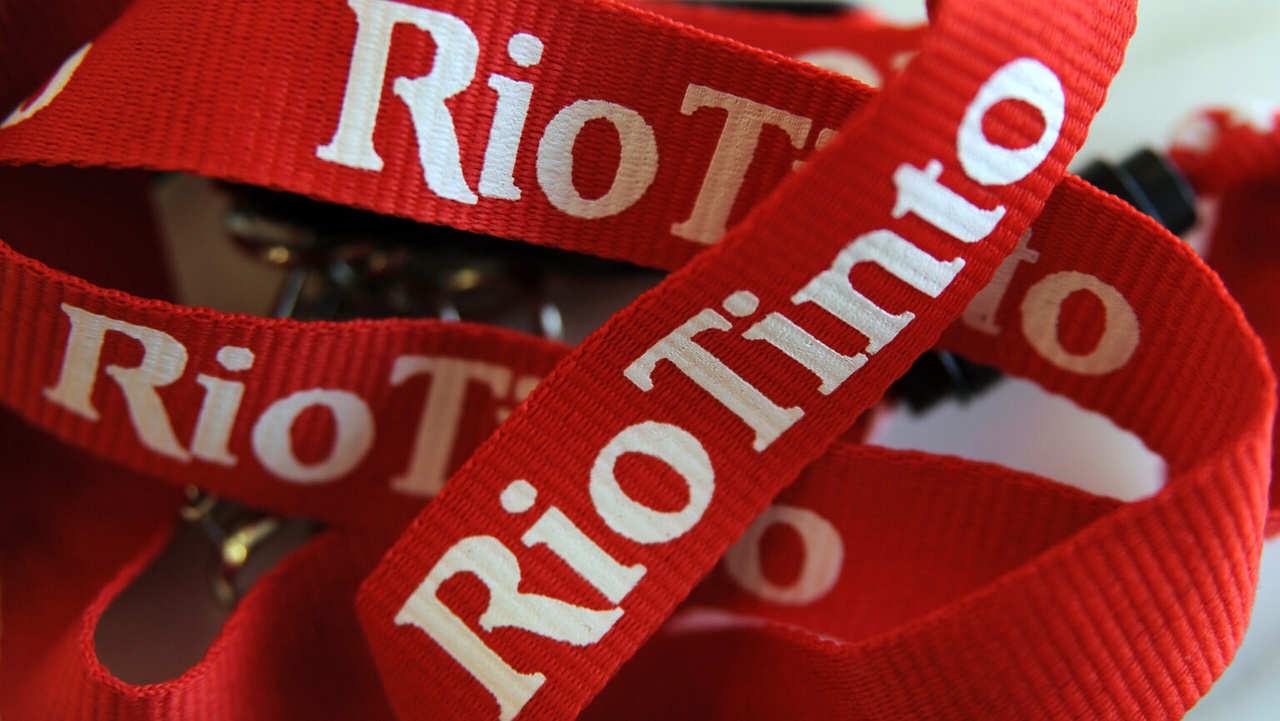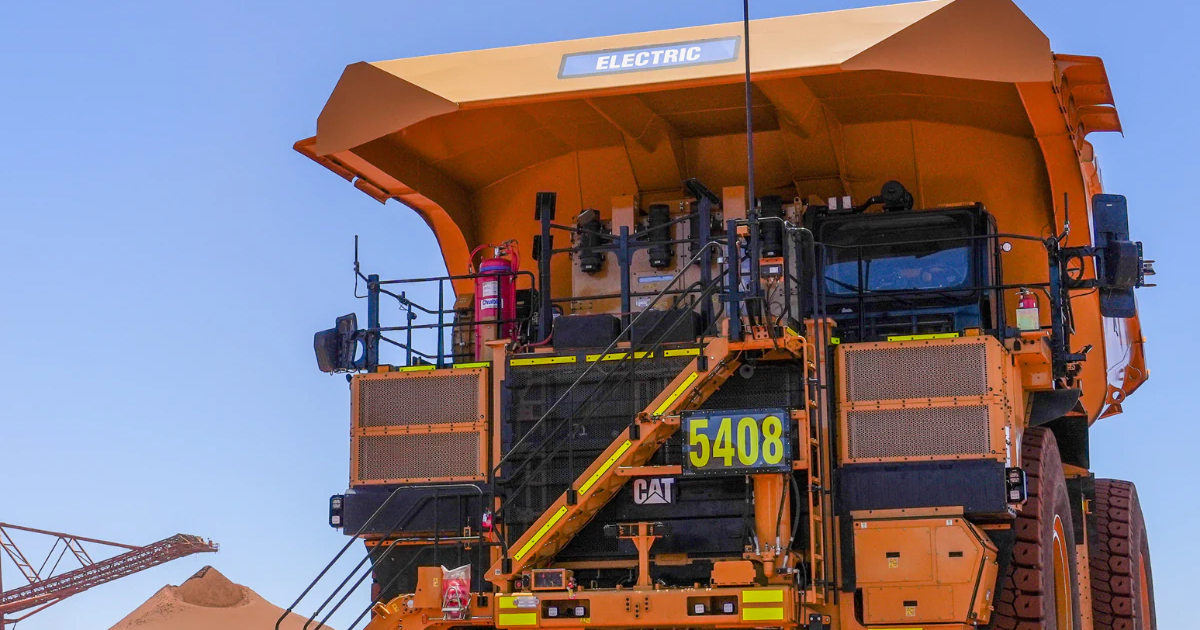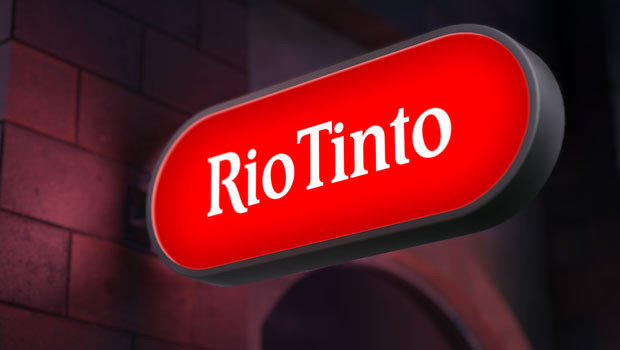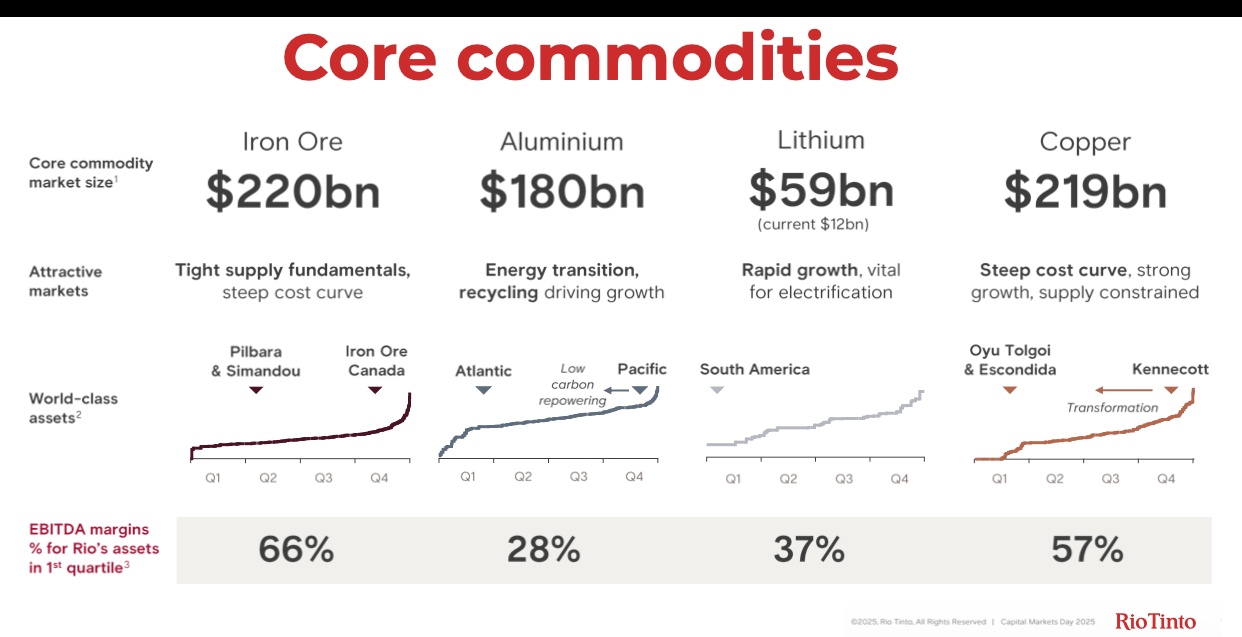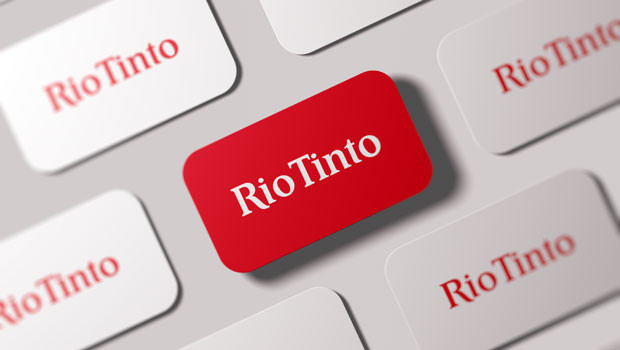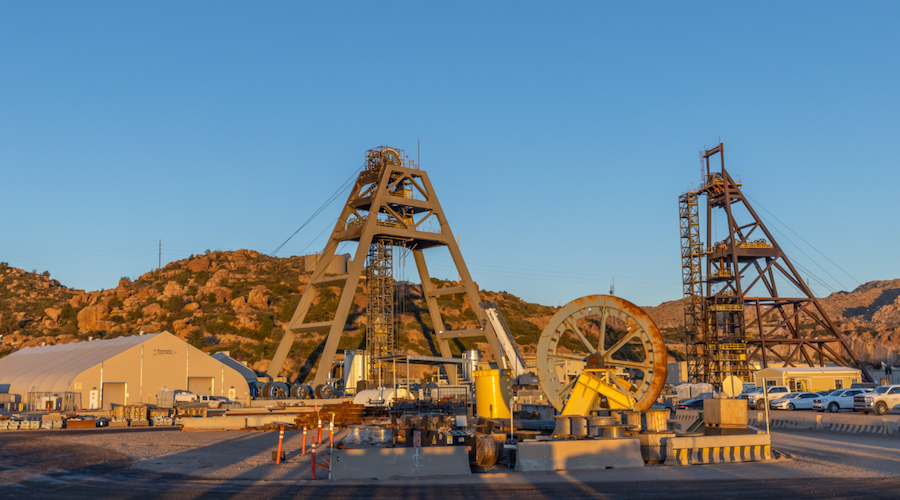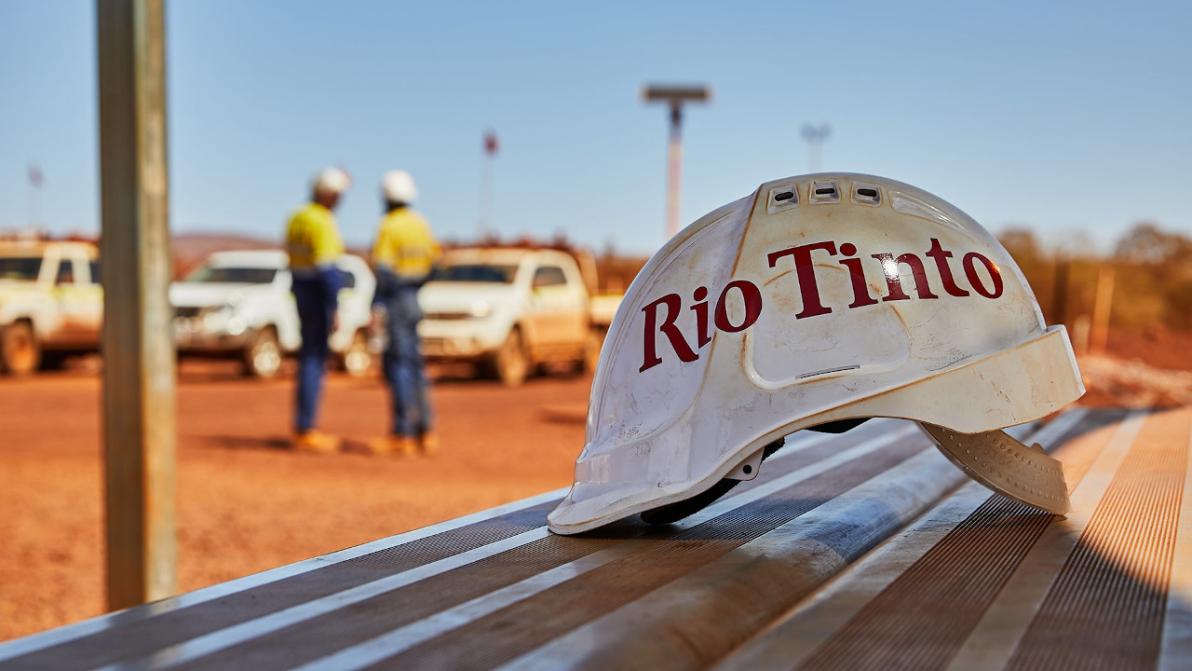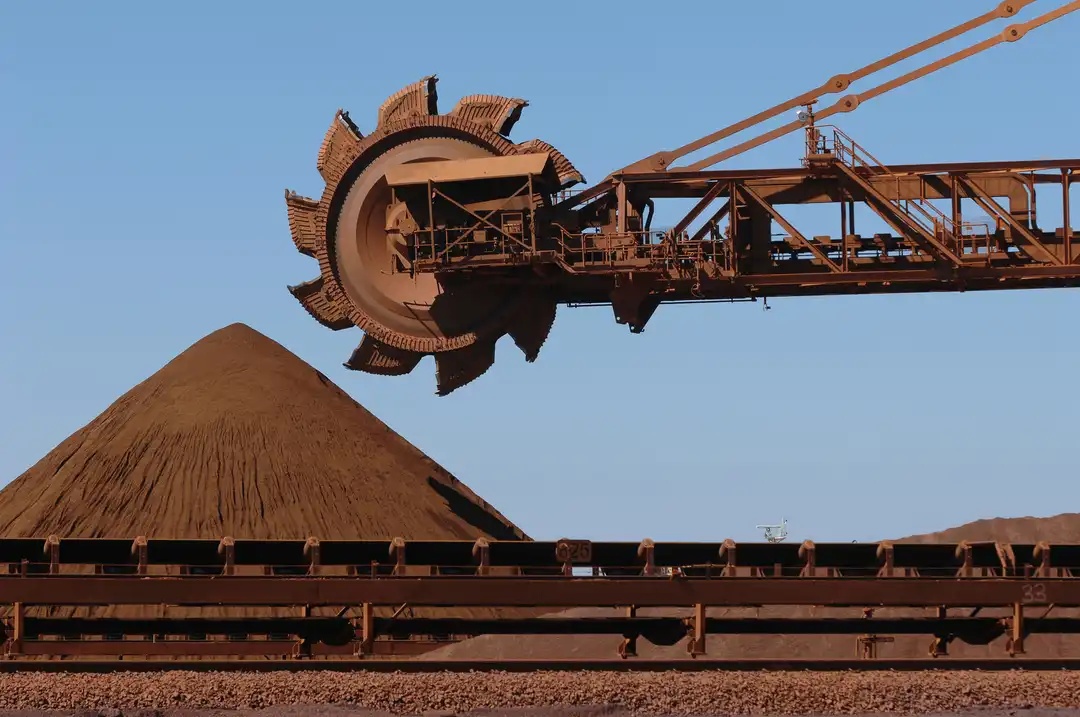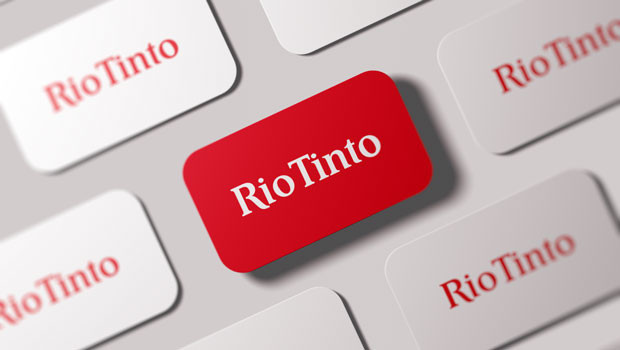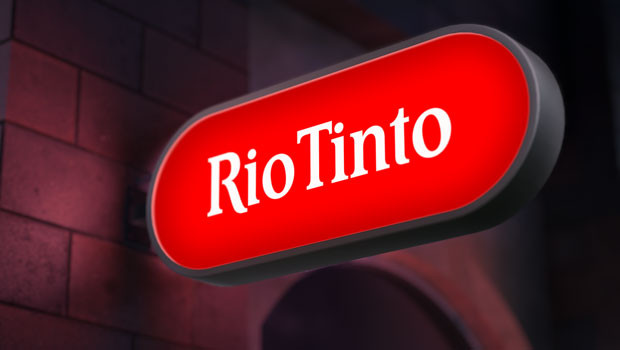Prime Minister Anthony Albanese announced a bailout on Friday to keep Australia's largest aluminum smelter, the troubled Tomago plant, which is majority-owned by Rio Tinto $RIO (+1,68%)
$RIO (+1,72%) to stay open after its current power contract expires in 2028.
The news comes after the company warned in October that Tomago Aluminum, employer of more than 1,000 full-time staff and 200 contractors, may be forced to close after failing to secure new, affordable sources of power.
Aluminum is "an increasingly important product," Albanese said, which is why it is important to keep Tomago open.
"If Australia doesn't produce aluminum, it has a significant impact on other industries," he said at the smelter north of Sydney in the state of New South Wales (NSW).
"We are working with the company and the New South Wales government to ensure there are long-term energy solutions for the period after 2028."
The contract, which has not yet been finalized, would include a long-term fixed-price energy supply for the smelter, the government said.
Tomago is the state's largest consumer of electricity and, like several other Australian smelters struggling with high energy prices during the transition to renewables, was built in the last century to take advantage of abundant supplies of cheap coal.
"This progress reflects years of collaboration between Tomago and its joint venture partners, including Rio Tinto, in tackling one of the most complex energy challenges facing Australian industry," said Simon Trott, managing director of Rio Tinto, in a statement welcoming the agreement.
Tomago will also provide at least A$1 billion ($666.6 million) in capital and major maintenance investment over the next ten years, including identifying decarbonization opportunities, the government said.
"We are very grateful to both the Federal Government and the New South Wales Government," Tomago Managing Director Jerome Dozol said in a statement, adding that the company was looking forward to working with the government.
The smelter is the latest to receive support from the government, which in recent months has pledged rescue packages for Glencore's Mount Isa copper smelter and Townsville refinery, Trafigura's Nyrstar lead and zinc operations and Whyalla steelworks.
As part of the Tomago deal, the government will also offer concessional financing arrangements to accelerate the development of renewable energy generation and storage.
The government is still working on the total cost of the deal, Industry Minister Tim Ayres said.
The Australian Labor Union supported the deal, calling it a defining moment for the manufacturing industry.



